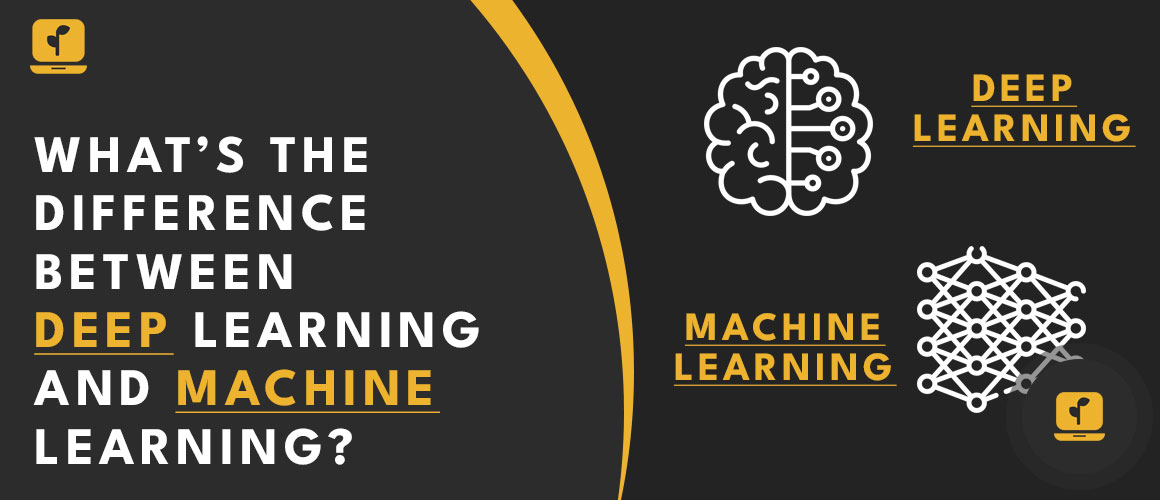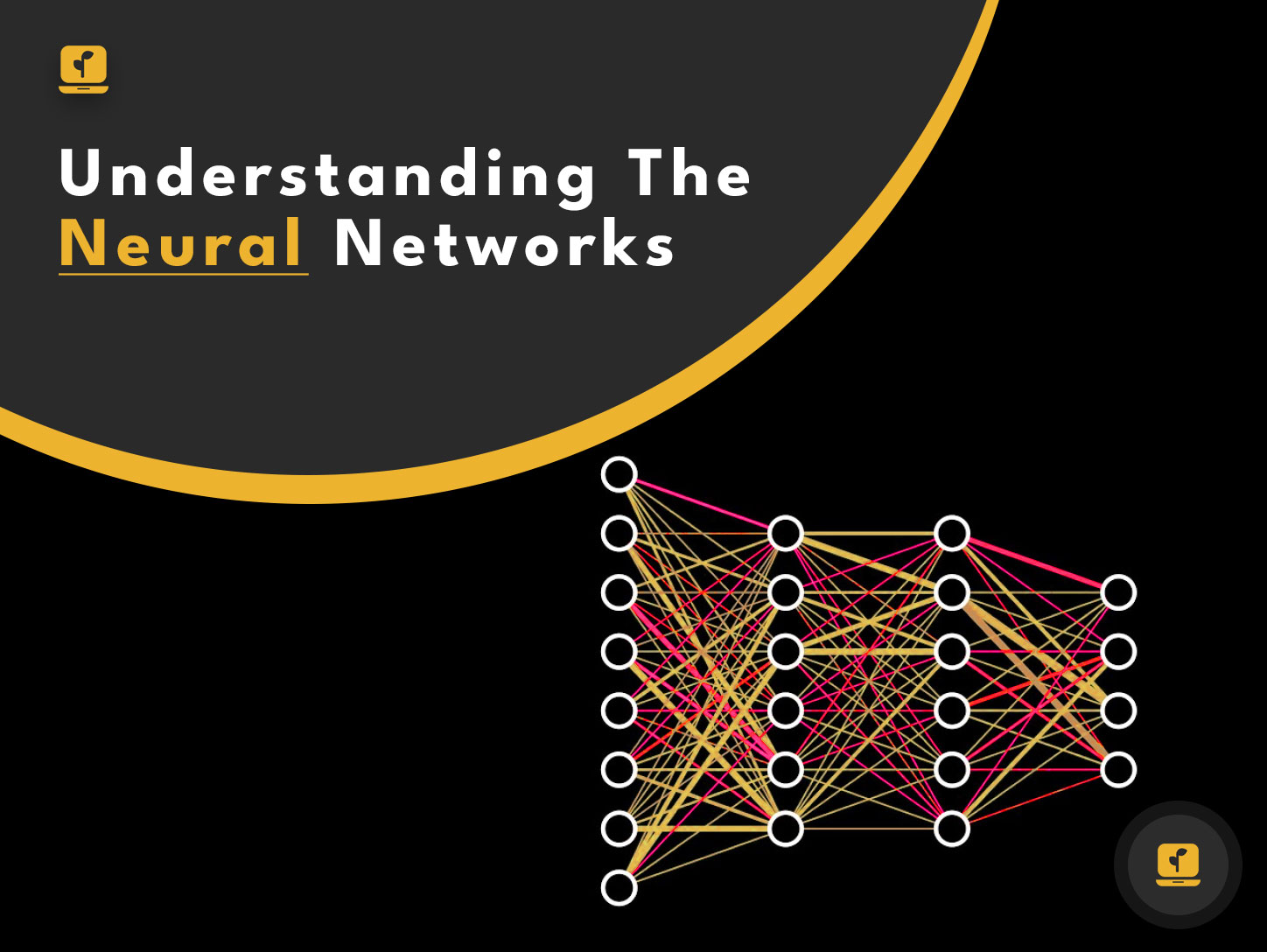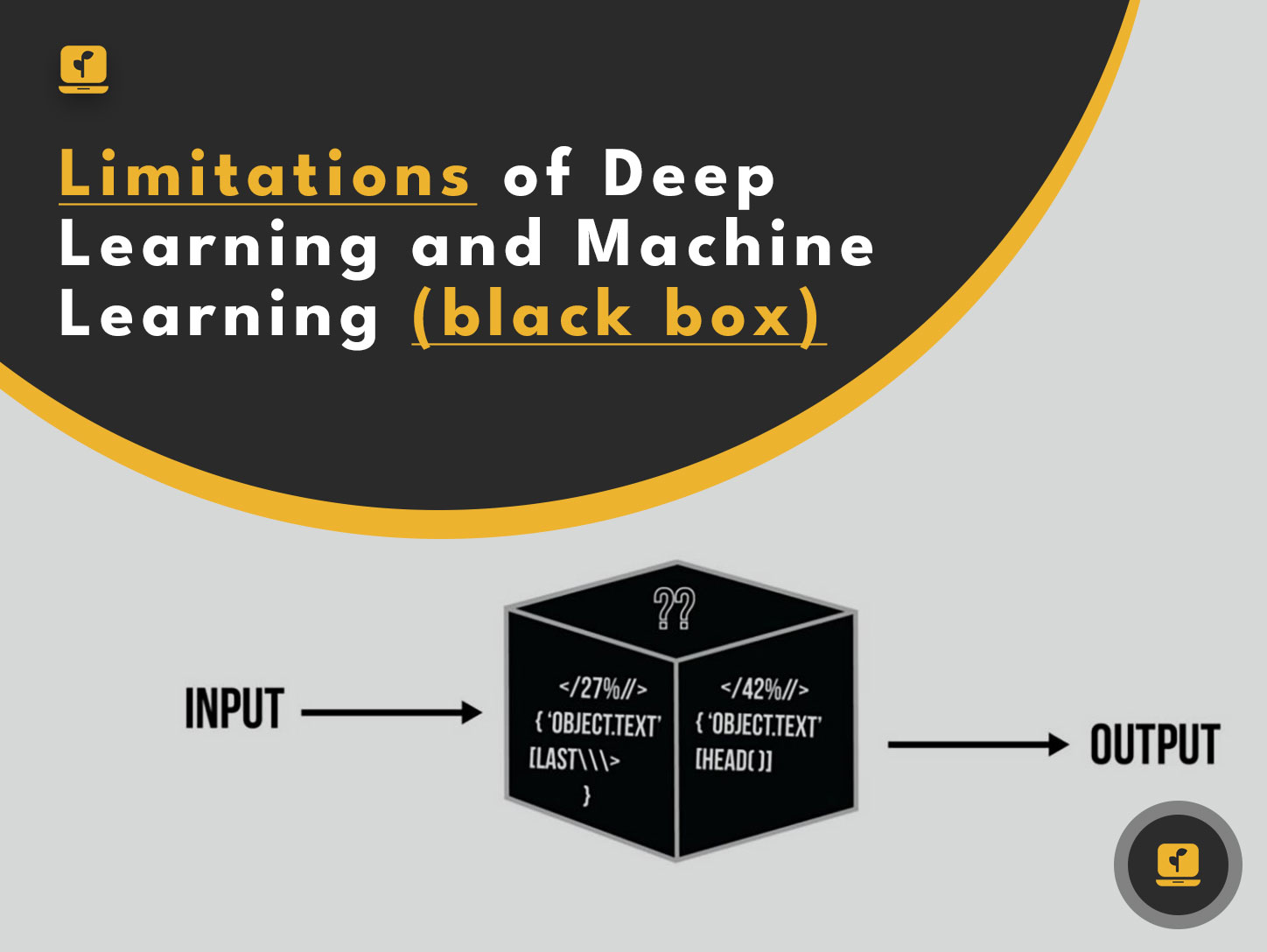As technology advances, new buzzwords and terms are introduced to the world of computing. One of the most talked-about terms in recent years is “artificial intelligence,” which involves creating machines that can perform tasks that typically require human intelligence. Two of the most commonly used terms in the field of artificial intelligence are “machine learning” and “deep learning.”
Table of Contents
While these terms are often used interchangeably, they are not the same thing. In this article, I will explain the differences between deep learning and machine learning, and explore their respective advantages, limitations, and applications.
Understanding Neural Networks
Before diving into the differences between deep learning and machine learning, it is important to understand the concept of neural networks. A neural network is a system of interconnected nodes, or “neurons,” that work together to process and analyze data.
Neural networks are modeled after the structure of the human brain, with each neuron receiving input signals from other neurons and producing an output signal that is passed on to other neurons. Neural networks can be used for a variety of tasks, such as image recognition, speech recognition, and natural language processing.
What is Machine Learning?
Machine learning is a subset of artificial intelligence and involves training models to make predictions or decisions based on data. In machine learning, algorithms are used to analyze data and identify patterns, which are then used to make predictions or decisions. The accuracy of these predictions or decisions improves over time as the algorithm is fed more data. Machine learning algorithms can be divided into three categories: supervised learning, unsupervised learning, and reinforcement learning.
Supervised learning involves training a model on labeled data, where the correct output is known. The algorithm learns to predict the correct output based on the input data. Unsupervised learning involves training a model on unlabeled data, where the correct output is not known. The algorithm learns to identify patterns in the data without any guidance. Reinforcement learning involves training a model to make decisions based on rewards and punishments. The model learns to take actions that maximize the reward and minimize the punishment.
What is Deep Learning?
Deep learning is a subset of machine learning that involves building neural networks with multiple layers. Deep learning algorithms are designed to automatically learn features from data, rather than relying on manual feature engineering. This allows the algorithms to learn more complex patterns and relationships in the data. Deep learning is particularly effective for tasks that involve large amounts of data, such as image and speech recognition.
Differences between Machine Learning and Deep Learning
The main difference between machine learning and deep learning is the complexity of the models. Machine learning algorithms typically use simple models, such as linear regression or decision trees, whereas deep learning algorithms use complex neural networks with multiple layers. This makes deep learning more powerful than machine learning for tasks that involve large amounts of data and complex relationships.
Another difference between machine learning and deep learning is the amount of labeled data required. Machine learning algorithms require labeled data to train the model, whereas deep learning algorithms can learn features from unlabeled data. This makes deep learning more effective for tasks that involve large amounts of unlabeled data, such as unsupervised learning.
Advantages of Using Deep Learning over Machine Learning
The advantages of using deep learning over machine learning are numerous. Deep learning algorithms are capable of learning more complex patterns and relationships in the data, which makes them more accurate for tasks such as image and speech recognition. Deep learning also requires less manual feature engineering, which can save time and resources. In addition, deep learning algorithms can learn from unlabeled data, which makes them more effective for tasks that involve large amounts of data.
Applications of Deep Learning and Machine Learning
Deep learning and machine learning have a wide range of applications in various industries. In healthcare, machine learning algorithms are used to analyze medical records and predict outcomes for patients.
- In finance, machine learning algorithms are used to detect fraudulent transactions and predict market trends.
- In retail, machine learning algorithms are used to personalize customer experiences and recommend products.
- In transportation, machine learning algorithms are used to optimize routes and reduce fuel consumption.
Deep learning is particularly effective for tasks that involve large amounts of data, such as image and speech recognition.
- In the entertainment industry, deep learning algorithms are used to recommend movies and TV shows to viewers.
- In the automotive industry, deep learning algorithms are used to enable self-driving cars to recognize and respond to their environment.
Limitations of Deep Learning and Machine Learning
Despite their many advantages, deep learning and machine learning also have limitations. One of the biggest challenges in machine learning is the “black box” problem, where the algorithm is able to make accurate predictions, but it is unclear how it arrived at those predictions. This can make it difficult to understand and interpret the results.
Another limitation of deep learning and machine learning is the requirement for large amounts of data. While deep learning algorithms are effective for tasks that involve large amounts of data, they can struggle with smaller datasets. In addition, deep learning algorithms can be computationally expensive, which can limit their practicality for some applications.
Future of Deep Learning and Machine Learning
The future of deep learning and machine learning is exciting, with many new advancements and applications on the horizon. One area of research is “explainable AI,” which aims to make machine learning algorithms more transparent and understandable. Another area of research is “reinforcement learning,” which aims to enable machines to learn from trial and error, similar to how humans learn.
As the field of artificial intelligence continues to evolve, it is likely that deep learning and machine learning will play an increasingly important role in many industries. However, it is important to remember that these technologies are not a silver bullet and have their own limitations and challenges.
Conclusion: Which One Should You Choose?
In conclusion, the choice between deep learning and machine learning depends on the specific task and the amount of data available. Machine learning is effective for smaller datasets and simpler models, while deep learning is more effective for larger datasets and more complex models. Both deep learning and machine learning have their own advantages, limitations, and applications, and it is important to understand the differences between the two in order to choose the right approach for each task.
Regardless of which approach is chosen, it is important to remember that these technologies are still in their early stages and have much room for improvement. As the technology continues to evolve, it is likely that deep learning and machine learning will become even more powerful and useful in a wide range of industries.
So, if you are looking to implement artificial intelligence in your business, it is important to understand the differences between deep learning and machine learning and choose the right approach for your specific needs.












